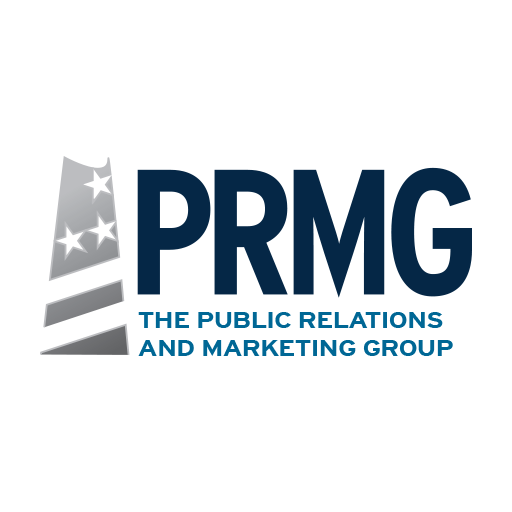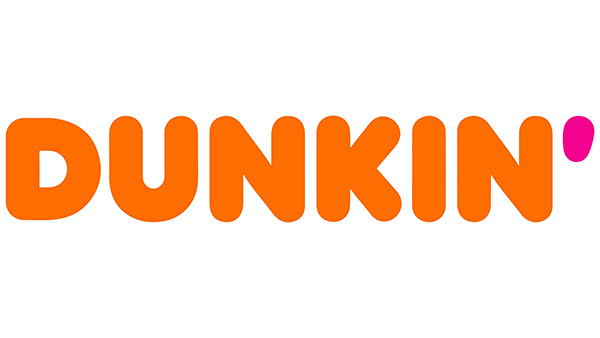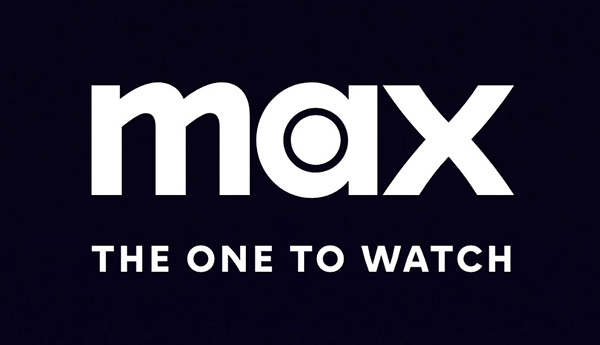More than ever before, we live in an age of lightning-fast exchanges of news and a seemingly endless stream of information at our fingertips. While traditional public relations techniques are still important, being able to adapt to recent Web and social media trends is essential for success in this industry. The ability to create content, build relationships and convey information is as important as ever, but there are a variety of new, digital methods to doing this. This article will provide you with an overview of five important skills that every public relations professional should have, including creating content for online sources, proactive monitoring, visual communications, adaptation and consistency.
- Online Content Creation — It has always been important for public relations professionals to create strong and compelling content but, especially in this age, it is equally important to optimize this content for the Web. Even if your online press releases or social media updates contain quality content and writing, your efforts will go unrecognized if no one can find it online. Using methods to optimize your content for search engines will help your content get found. Make sure to always include keywords throughout your copy and include hyperlinks and relevant tags whenever possible. For more information on content creation and search engine optimization, read our articles, “Why Quality Content Reigns Supreme” and “What You Need to Know About SEO.”
- Proactive Monitoring — It’s important to set aside some time for a Web and social media monitoring strategy to keep informed of what’s being said online. For anyone in the field of communications, it’s helpful to monitor conversations, mentions of brands and businesses and current trends and to get involved in online discussion groups. If you haven’t already, set up Google Alerts for phrases that either interest you or are related to your business or clients. For example, create alerts for business names, products and areas that you want to receive updates from. Always keep yourself informed with what’s being said about your business or client on the Web and stay up-to-date with industry updates and tips on how to grow professionally. For more information, please refer to our articles, “Social Media Publishing 101” and “How to Monitor Your Facebook and Twitter Success.”
- Visual Communications — Strong visuals have always been powerful in regards to public relations efforts. Many people are able to connect stories and information more easily on a visual level rather than through text alone. Infographics, charts and traditional photographs have become immensely popular online thanks to the rise in photo sharing websites such as Pinterest, Flickr and Instagram, which can be downloaded on iPhone or Android devices. It’s important to include a multimedia element, such as a photo, video or graph, in press releases, social media updates and blog posts whenever possible. You may even consider creating a Flickr or Pinterest account to store and categorize your photos. For more information on the importance of visual communications, refer to our article, “How Photo Sharing Sites Can Help Your Business.” Public relations professionals should be able to harness multimedia to engage audiences and encourage them to share this content.
- Adaptation — Especially in the ever-changing realm of social media, there are constantly new updates and tools to be explored. With Twitter redesigning its interface and Facebook’s new Timeline for business pages, professionals should be prepared for these changes and implement new strategies and techniques accordingly. Being able to adapt and take advantage of new tools can keep you one step ahead of the competition.
- Consistency — With the majority of online and social media outlets, it’s imperative to find the right balance with your efforts. If you don’t update your pages enough, your efforts will go unnoticed. Yet on the other hand, if you overdo it with postings that are too frequent, you could push your audience away and this could work against you. It’s essential to commit to a consistent updating schedule. Updates don’t have to be exact, but at least have a loose idea of how often you should update each platform. For example, blogs should be updated twice a week while Twitter should be updated daily, if possible.
For more information about public relations skills, please contact The Public Relations and Marketing Group at (631) 207-1057 or johnzaher@theprmg.com. You can also visit our blog for more valuable articles, advertising spotlights and more.



